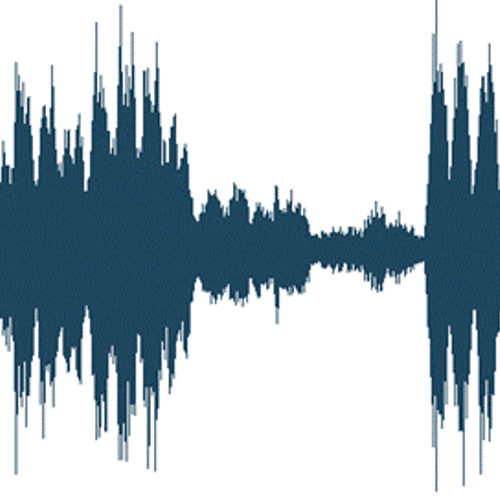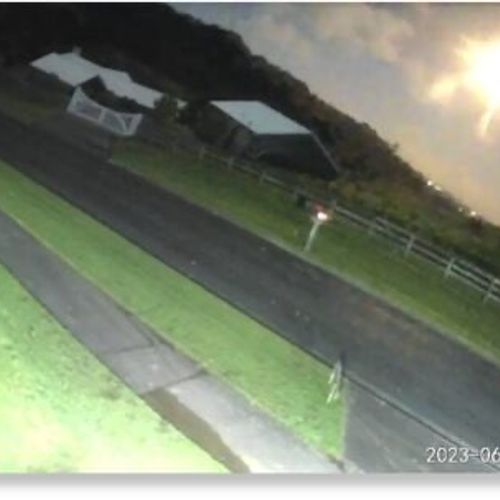
| Added | Mon, 09/01/2017 |
| Sources | |
| Феномены | |
| Version type |
This version includes all known sounds that for some reason were mistaken for something paranormal.
This is a general version, where natural sounds of nature, animals, insects, birds (their characteristic sounds or imitation), as well as various mechanical sounds are collected.
In particular:
Thin ice on the surface of the water plays the role of a membrane. By throwing a stone at it, we generate vibrations of water under the ice in a wide frequency range. Vibrations at resonant frequencies fade out quite slowly, at the rest - very quickly. Some time after the stone is thrown, the water under the ice fluctuates with a certain frequency - the frequency of its own vibrations, which depends, among other things, on the depth. The water presses on the ice from below, and it makes sounds, playing the role of a speaker membrane. In addition, the ice layer spreads the disturbance from the stone throw at some distance around the epicenter. Thus, the ice fluctuates at different points on the surface, with different frequency (due to different depths) and amplitude (which decreases as you move away from the place where the stone hit). We get a large set of sources of sound vibrations. The sound at the receiving point (the place where the observer stands) is determined by the sum of these oscillations, and in general can have modulation in frequency and in level (beats).
It is also possible to distinguish a well-known sound characteristic of overcoming the sound barrier.
The sound barrier in aerodynamics is the name of a number of phenomena accompanying the movement of an aircraft (for example, a supersonic aircraft, rocket) at speeds close to or exceeding the speed of sound.
When a supersonic airflow flows around a solid body, a shock wave is formed on its leading edge (sometimes more than one, depending on the shape of the body). At the front of the shock wave (sometimes also called a shock wave), which has a very small thickness (fractions of a millimeter), cardinal changes in the properties of the flow occur almost abruptly — its velocity relative to the body decreases and becomes subsonic, the pressure in the flow and the temperature of the gas increase abruptly. Part of the kinetic energy of the flow is converted into the internal energy of the gas. All these changes are greater the higher the speed of the supersonic flow.
The first pilot to reach supersonic speed in controlled flight was an American test pilot Chuck Yeager on an experimental Bell X-1 aircraft (with a straight wing and an XLR-11 rocket engine), who reached a speed of M = 1.06 in a gentle dive. It happened on October 14, 1947.
Electromagnetic-induced acoustic noise or coil howl sounds different in Europe than in the USA. The American electric drone is B flat, whereas the European one is salt. Perhaps this is due to the fact that in Europe 220-240V voltage standards are used with an alternating current frequency of 50 Hz, and in the USA 100-127V and 60 Hz, respectively.
Related facts
Related news
Log in or register to post comments



















In this article author expresses his opinion and is not intended to offend or tarnish someone. Constructive discussion of the content of the article is encouraged. Not essential comments will be ignored. Comments that bear the offensive, as well as containing pornography, advertising and promotion (political, religious, etc.) are not permitted and will be removed by administrtation.
Comments
Вот похожий эффект, но только от поезда в степи
А вот похожий эффект, который возникает при катании на коньках по тонкому льду: